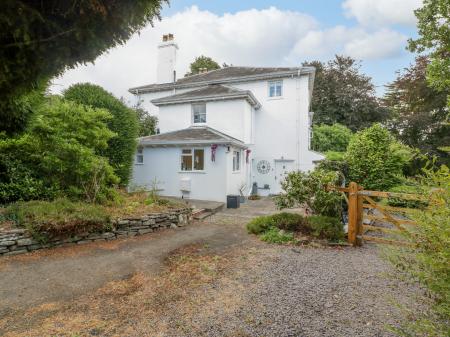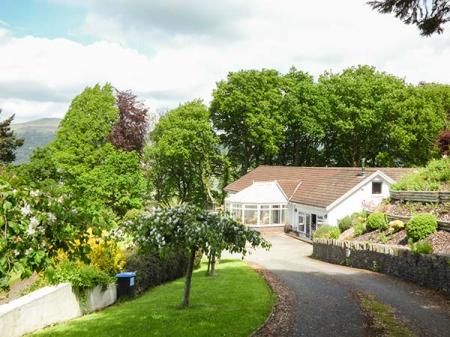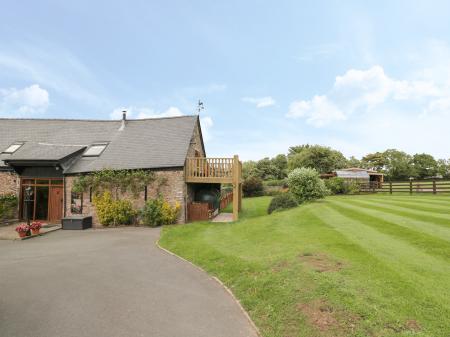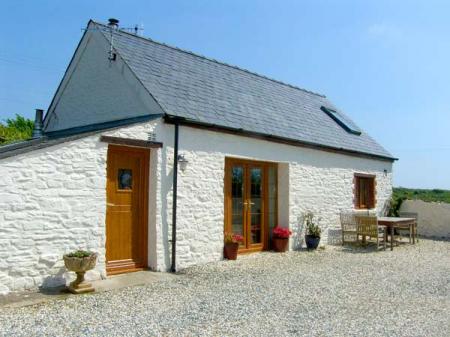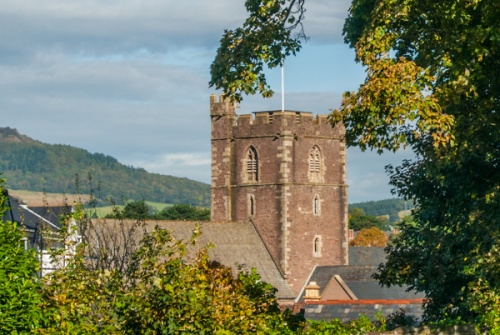
History
The patron of that 11th century priory was Hameline de Ballon, the first Norman Lord of Abergavenny. The link between the priory and the lords of Abergavenny would remain strong throughout the medieval period. When the Dissolution of the Monasteries forced the Priory to disband and the monks to scatter, the church survived for use as parish church. The interior has been remodelled several times over the centuries, but the Lady Chapel and presbytery are worthy of note, and the west tower dates from the 14th century.
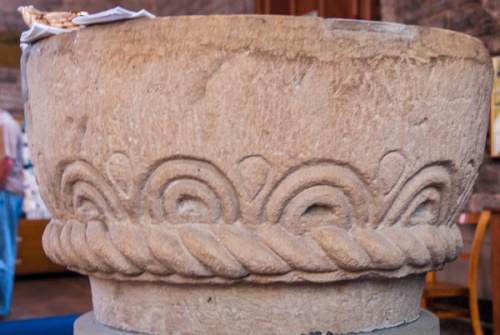
What to see
Perhaps the most impressive and historically important monument is the 14th century oak Jesse, a larger than life wooden carving representing the family tree of Christ, including Davidic kings and their descendants. The Jesse is carved from a single piece of oak, and may be the only wooden figure of Jesse in the world.
Another excellent historic monument is a tomb to Sir William de Hastings, who died of the Black Death in 1348. Another medieval Hastings effigy is that of a woman, thought to be Margaret Plantagenet, wife of John de Hastings. Margaret tragically fell from the ramparts of nearby Abergavenny Castle and was killed.
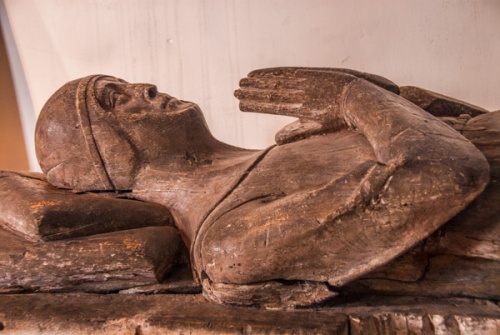
In the Herbert chapel is the memorial of Sir William ap Thomas and Gwladys, his wife. Sir William fought at the Battle of Agincourt in 1415, as did Gwladys' first husband, Sir Robert Vaughan. Sir William built the Yellow Tower at nearby Raglan Castle.
On the south side of the chapel is the alabaster monument of Sir Richard Herbert of Ewyas, illegitimate son of the 1st Earl of Pembroke. Sir Richard spent his childhood as a companion to the future Henry VII at Raglan Castle, and later helped Henry in his successful bid for the throne. Then there is the effigy of Sir Lawrence de Hastings, 13th lord of Abergavenny, who died of the Black Death. De Hastings had a long career as a successful soldier, and fought at the battles of Sluys and Crecy.
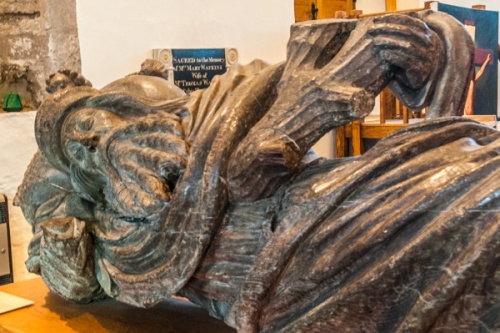
Special mention should be made of the beautifully carved 1325 effigy of Sir John de Hastings, carved from wood, with his feet resting on the figure of a lion.
Beside the priory church stands a restored 12th century tithe barn which now acts as an exhibition area about the history of the church, and to show the Abergavenny Tapestry, depicting 1000 years of the Priory's history.
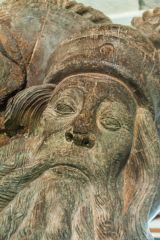
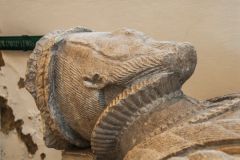
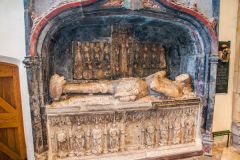
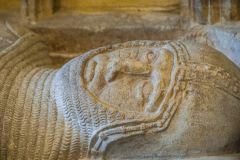
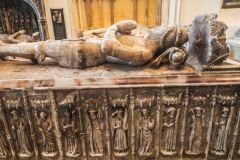
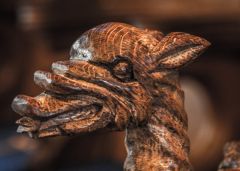
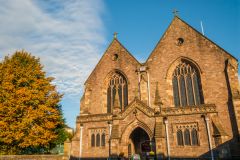
 We've 'tagged' this attraction information to help you find related historic attractions and learn more about major time periods mentioned.
We've 'tagged' this attraction information to help you find related historic attractions and learn more about major time periods mentioned.